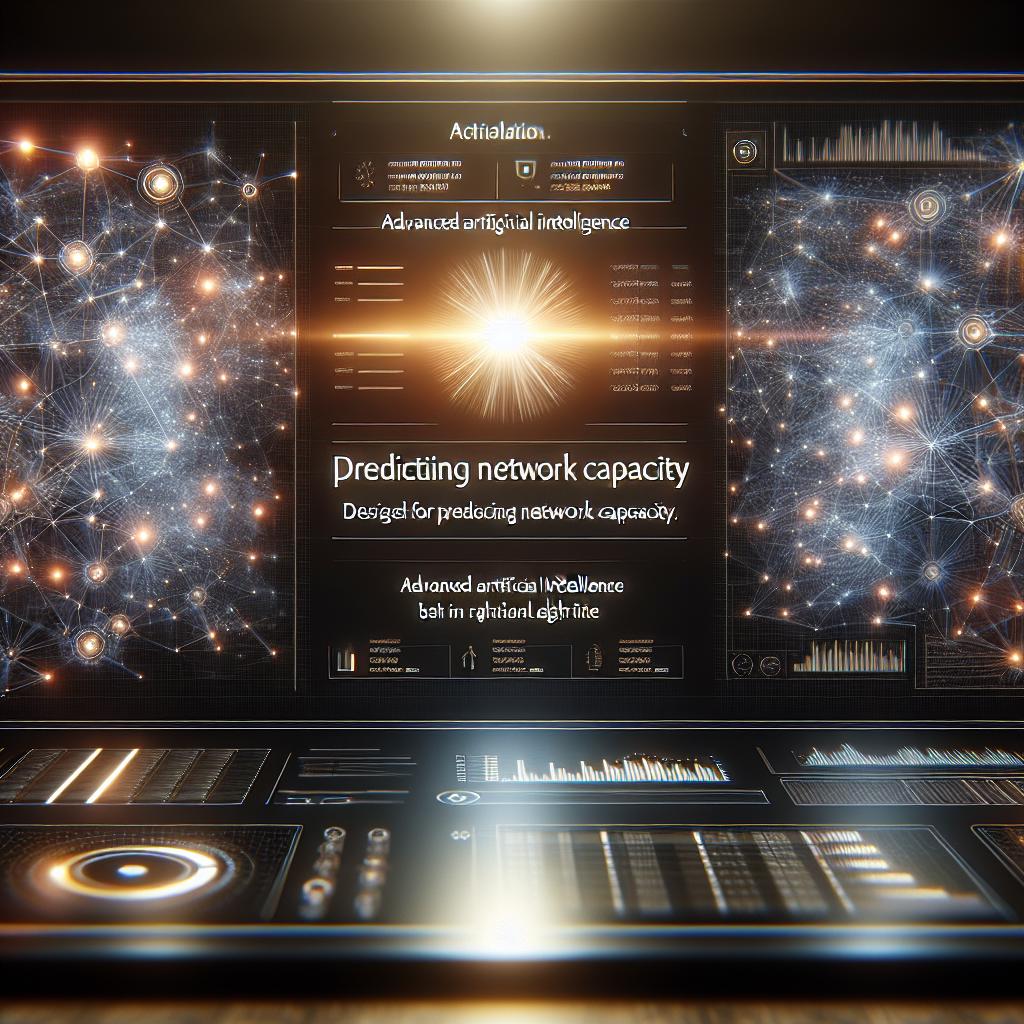In today’s hyper-connected world, network reliability is paramount. Whether it’s a streaming service, an online banking platform, or a corporate intranet, users expect seamless and uninterrupted access. However, networks are complex systems prone to various anomalies—unexpected behaviors that can degrade performance or cause outages. Traditionally, network administrators have relied on reactive measures, addressing issues only after users report problems or automated alerts trigger. But with the advent of Artificial Intelligence (AI), the paradigm is shifting towards proactive anomaly detection, enabling networks to predict and mitigate issues before they impact users.
Understanding Network Anomalies
Network anomalies refer to any deviations from normal network behavior. These can include:
- Traffic spikes or drops: Sudden changes in data flow that may indicate a DDoS attack or hardware failure.
- Latency increases: Delays in data transmission affecting user experience.
- Packet loss: Data packets failing to reach their destination, causing interruptions.
- Configuration errors: Misconfigurations leading to routing loops or access issues.
- Security breaches: Unauthorized access attempts or malware activity.
Detecting these anomalies early is critical to maintaining network health and user satisfaction.
The Role of AI in Predicting Network Anomalies
AI leverages machine learning (ML), deep learning, and statistical models to analyze vast amounts of network data in real-time. Here’s how AI predicts anomalies before they impact users:
1. Data Collection and Preprocessing
Networks generate massive volumes of data from routers, switches, firewalls, servers, and endpoints. This data includes logs, traffic flows, performance metrics, and security events. AI systems ingest this data continuously, cleaning and normalizing it to ensure consistency.
2. Establishing Baselines of Normal Behavior
AI models learn what “normal” network behavior looks like by analyzing historical data. This baseline includes typical traffic patterns, usage peaks, and performance metrics under various conditions. Establishing this baseline is crucial because anomalies are defined as deviations from it.
3. Real-Time Monitoring and Anomaly Detection
Once trained, AI models monitor live network data streams, comparing current behavior against the baseline. When deviations occur—such as unusual traffic volumes, unexpected protocol usage, or abnormal latency—the AI flags these as potential anomalies.
4. Predictive Analytics
Beyond detecting anomalies as they happen, advanced AI systems use predictive analytics to forecast future network states. By identifying subtle trends and patterns, AI can predict issues like impending congestion, hardware degradation, or security threats before they manifest.
5. Automated Response and Mitigation
Some AI-driven network management platforms integrate automated remediation. For example, if an anomaly suggests a DDoS attack is imminent, the system can automatically reroute traffic, throttle suspicious flows, or alert security teams to intervene.
Techniques Used in AI-Based Network Anomaly Prediction
Several AI and ML techniques are commonly employed:
-
Supervised Learning: Models are trained on labeled datasets containing examples of normal and anomalous behavior. Algorithms like Support Vector Machines (SVM), Random Forests, and Neural Networks classify incoming data accordingly.
-
Unsupervised Learning: Since labeled anomaly data is often scarce, unsupervised methods like clustering (e.g., K-means) and autoencoders detect outliers without prior labeling.
-
Time Series Analysis: Networks generate sequential data, making time series models like Long Short-Term Memory (LSTM) networks effective for capturing temporal dependencies and predicting future anomalies.
-
Reinforcement Learning: Some systems learn optimal responses to anomalies by trial and error, improving mitigation strategies over time.
Benefits of AI-Driven Anomaly Prediction
- Reduced Downtime: Early detection prevents outages, ensuring continuous service availability.
- Improved User Experience: Proactive fixes minimize latency, packet loss, and other disruptions.
- Enhanced Security: AI can identify and predict cyber threats faster than traditional methods.
- Operational Efficiency: Automated monitoring and response reduce the burden on network administrators.
- Cost Savings: Preventing major incidents avoids expensive repairs and reputational damage.
Challenges and Considerations
While AI offers powerful capabilities, there are challenges:
- Data Quality: Poor or incomplete data can lead to inaccurate predictions.
- False Positives/Negatives: Balancing sensitivity to detect real anomalies without overwhelming teams with false alarms is critical.
- Model Drift: Networks evolve, so AI models require continuous retraining to stay effective.
- Privacy and Compliance: Handling sensitive network data must comply with regulations.
The Future of AI in Network Management
As networks grow more complex with the rise of IoT, 5G, and cloud computing, AI’s role will only expand. Future developments may include:
- Explainable AI: Providing clear reasons behind anomaly predictions to aid human decision-making.
- Edge AI: Deploying AI models closer to data sources for faster detection.
- Integration with DevOps: Automating network adjustments as part of continuous deployment pipelines.
- Collaborative AI: Sharing anonymized anomaly data across organizations to improve detection accuracy.
In conclusion, AI is revolutionizing how network anomalies are detected and managed. By predicting issues before they impact users, AI-driven systems enhance reliability, security, and performance, enabling networks to meet the demands of today’s digital world with greater confidence and agility.



